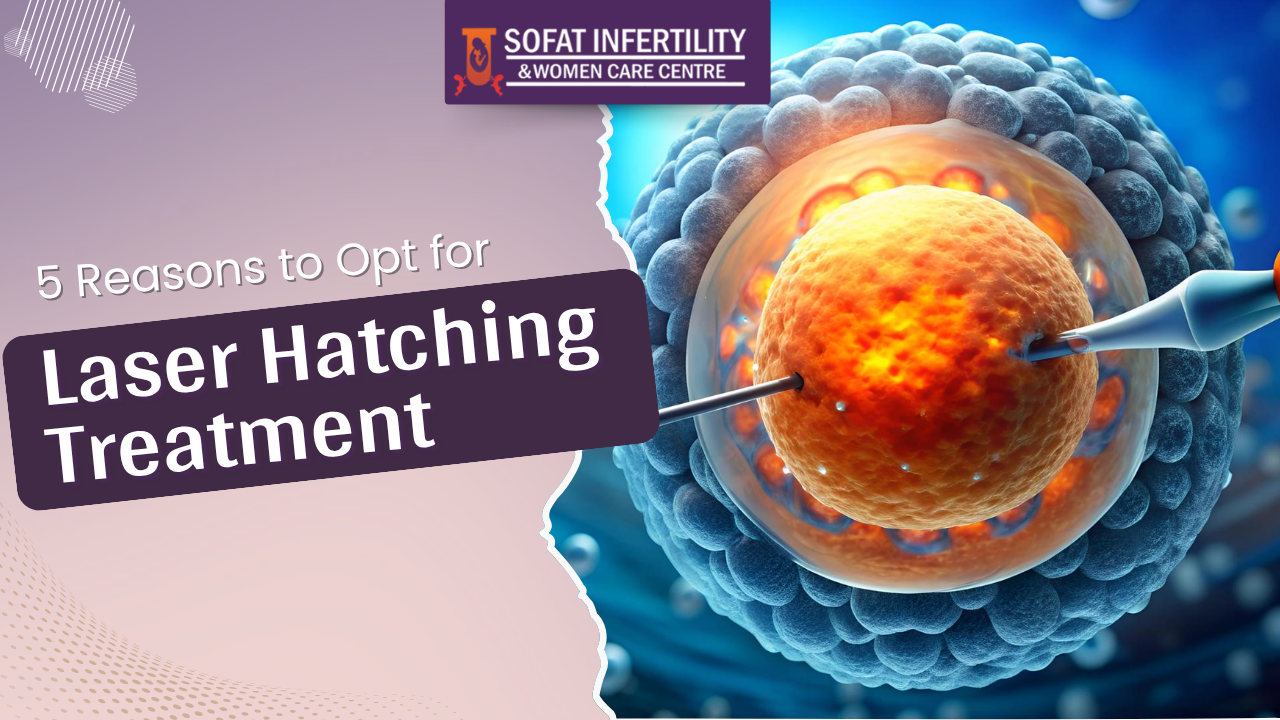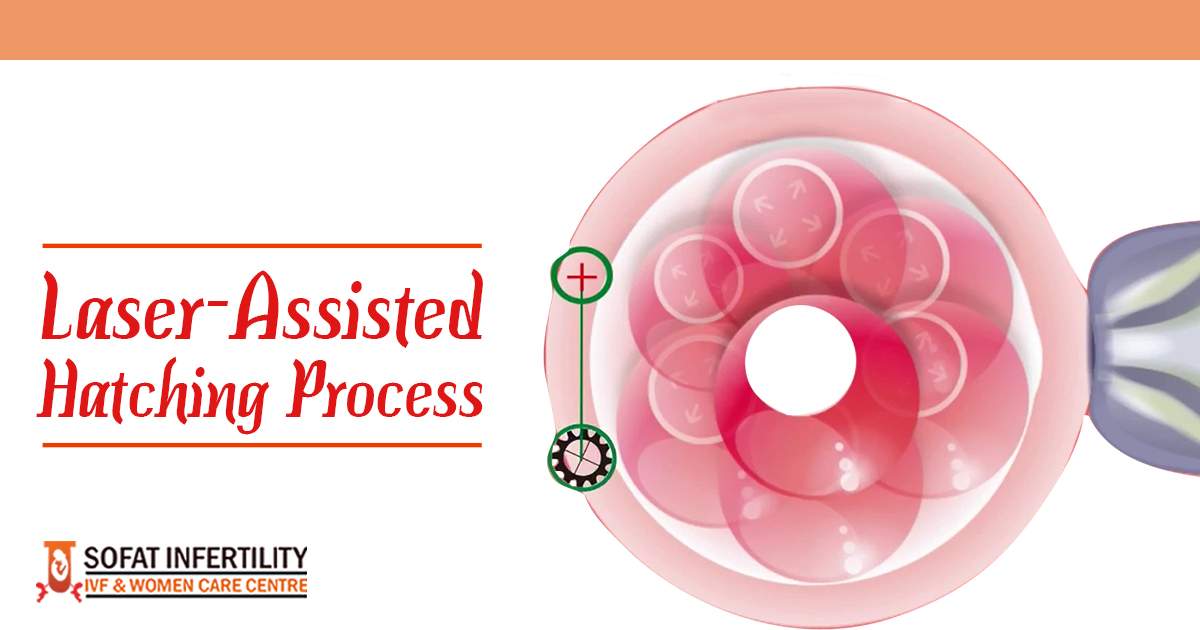
Assisted Laser Hatching is a very powerful technique in which before doing embryo transfer in womb, a lab procedure on embryo is done so that proper hatching process is performed under which a small opening is made in the shell to do proper implantation of the embryo in the womb. This simple and specialized embryological lab procedure helps the patient to conceive normally.
Assisted Hatching is a lab procedure executed on the under development embryo before it is transplanted to the women’s uterus. A tiny opening is created is in the external wall of the embryo to help it bursting out of the shell during the implantation procedure.
The lab procedure Laser hatching is done by the special mechanical stress through microneedle and acid digestion of the external shell. The advanced laser technology ensures the most rapid, safest and consistent way of Hatching in IVF called as laser assisted hatching.
Range of patients on whom this procedure can be followed:
1. Above maternal age such as around 38 years old or higher
2. Females having 3 day follicle stimulating hormone (FSH)
3. Intense or irregular egg wall
4. Weak or slowly developing embryos
5. Embryos undergoing extreme disintegration
6. Patients who went through IVF failed cycles
Latest study states that Hatching doesn’t cause abnormality to the baby as compare to normal IVF. The external shell of the embryo is simply treated without affecting the embryo.
How laser is used to perform IVF hatching? Laser aims at the specific location of egg shell, the beam is actually invisible, only its pulsation shows the result without showing the laser beam itself. Laser releases specific frequency of energy in the embryo’s shell hence vaporizing or dissolving it. The process is conducted under the high precaution to prevent unnecessary heating of the cells.
Success Rates Laser hatching in IVF significantly enhances the IVF success rates as compare to normal IVF or acid Tyrode’s procedure. The reason of using laser in hatching is that while the IVF procedure for trophectoderm biopsy, using laser is more favourable in the hatching procedures. Meanwhile the success rates depend on the experience of your surgeon, lab quality and equipment’s grade used while the procedure.
Latest Posts

5 Reasons to Opt for Laser Hatching Treatment

How laser-assisted hatching is helpful in increasing the chances of pregnancy?



